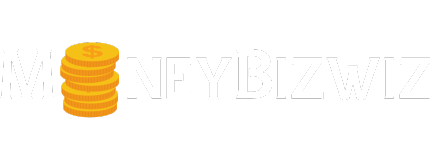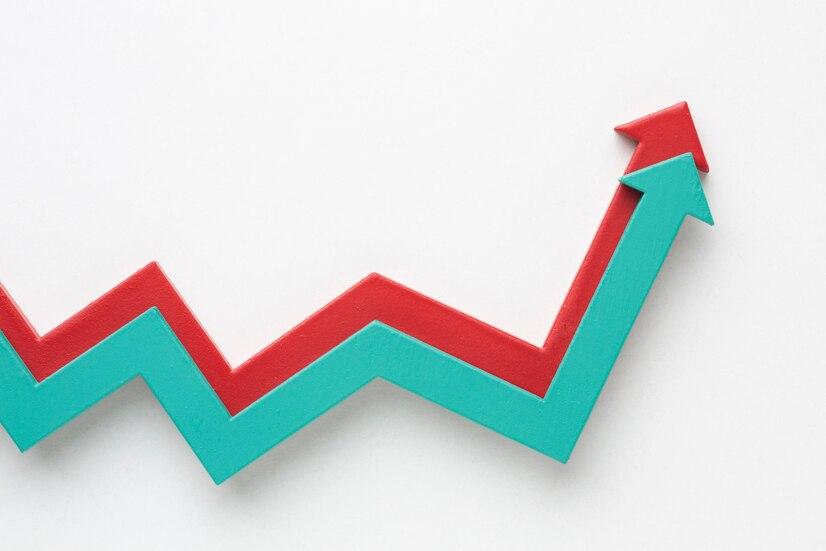Unveiling the Mystery of the Inverted Yield Curve
Have you ever wondered how an inverted yield curve happens? Let’s dive into the psychological aspect of it. Humans are wired to be more fearful of loss than anything else, a phenomenon known as loss aversion. This fear of loss drives us to make strange decisions, like selling off investments during market dips or making questionable choices in haunted houses!

As a recession looms, investors tend to flock towards long-term U.S. Treasury bonds, anticipating a drop in interest rates for other assets like stocks. This surge in bond investments leads the Federal Reserve to adjust yield rates. Consequently, the yield curve may invert, with long-term bonds yielding less than short-term ones.
Back in December 2005, the yield curve inverted, foretelling the 2008 housing market crisis. The Fed’s decision to raise the federal fund rate triggered this inversion as they tried to curb a price bubble in the housing sector caused by low interest rates.
While the inverted yield curve is a strong indicator of an impending recession, it’s crucial to remember that it’s a symptom rather than the cause. Historically, the last seven recessions were preceded by an inverted yield curve, and experts hint at a possible repeat.
How an Inverted Yield Curve Impacts You
An inverted yield curve, although temporary, can have significant effects on individuals. For long-term investors with holdings in long-term bonds, falling interest rates can raise concerns about future earnings. Homeowners with adjustable rate mortgages may also face fluctuations tied to short-term bond rates.
One way to safeguard yourself is by building an emergency fund. This financial buffer can shield you from uncertainties like an inverted yield curve signaling an economic downturn. Remember, focus on what you can control during such times.
What to Do When Faced with an Inverted Yield Curve
In times of economic instability, it’s crucial to concentrate on building a solid financial foundation. This includes creating an emergency fund to weather unexpected financial storms. By automating your finances and adopting smart saving and investment strategies, you can secure your financial future.
For a detailed guide on personal finance and actionable tips to navigate financial challenges, sign up for The Ultimate Guide to Personal Finance. Equip yourself with the knowledge and tools needed to thrive in any economic environment.
Frequently Asked Questions
Why does an inverted yield curve predict recession?
An inverted yield curve signals negative market sentiment, causing long-term bond yields to drop below short-term ones. This trend has historically preceded major recessions. Building an emergency fund can help you prepare for such scenarios.
What causes an inverted yield curve?
Investor preference for long-term bonds in times of uncertainty leads to an inverted yield curve, where long-term bond yields fall below short-term ones.
Is the yield curve currently inverted?
As of now, the yield curve is not inverted, with the last inversion occurring in August 2019.
How often does an inverted yield curve predict a recession?
While an inverted yield curve doesn’t guarantee a recession, historical data shows that it has preceded every major recession in the past century, making it a reliable indicator of economic downturns.

